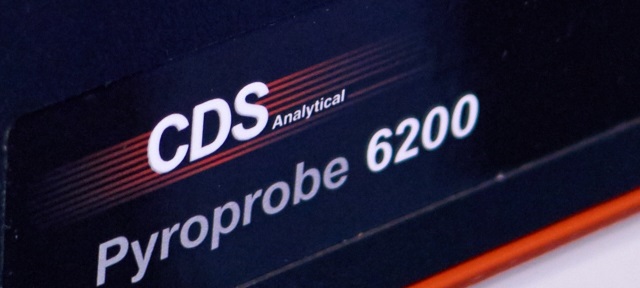The CDS-6000 pyrolyser from Analytix enables the easy analysis of potentially harmful flame retardants in a range of materials.
Polybromodiphenyl ethers (PBDEs), used as fire retardants on textiles, consumer appliances and packaging, are recognised as a health concern by Public Health England and by the European Food Safety Authority.
Certain brominated flame retardants are banned in both the US and Europe, but their persistence in the environment creates an ongoing issue: they specifically contaminate air, soil and water, and enter the food chain via animal-based foods, such as meat, fish, and dairy produce.
While little is known about long-term effects on humans, animals exposed to PBDEs have presented altered liver and thyroid function. US-based research has linked the compounds to neurotoxic effects and hormone disruption.
Now the all-new CDS-6000 pyrolyser, that uses controlled heating to break apart these polymers, can convert them to volatile compounds suitable for GCMS analysis and identification using bespoke polymer and additive libraries.
The CDS-6000 can be configured for standard and slow rate pyrolysis, reactant gas pyrolysis (O2, H2, or gas of any choice), EGA studies, high pressure pyrolysis with reactant gas and elevated pressure through to steam pyrolysis.
CDS pyrolysers employ resistively heated filaments ensuring there are no secondary pyrolysis fragments and enable 10 step temperature analysis to 1400°C, slow heating studies, and pyrotomy. A single shot autoinjector, drop in sample chamber (DISC), enhances ease of use.
For more information visit www.analytix.co.uk or call 0844 800 4220.
